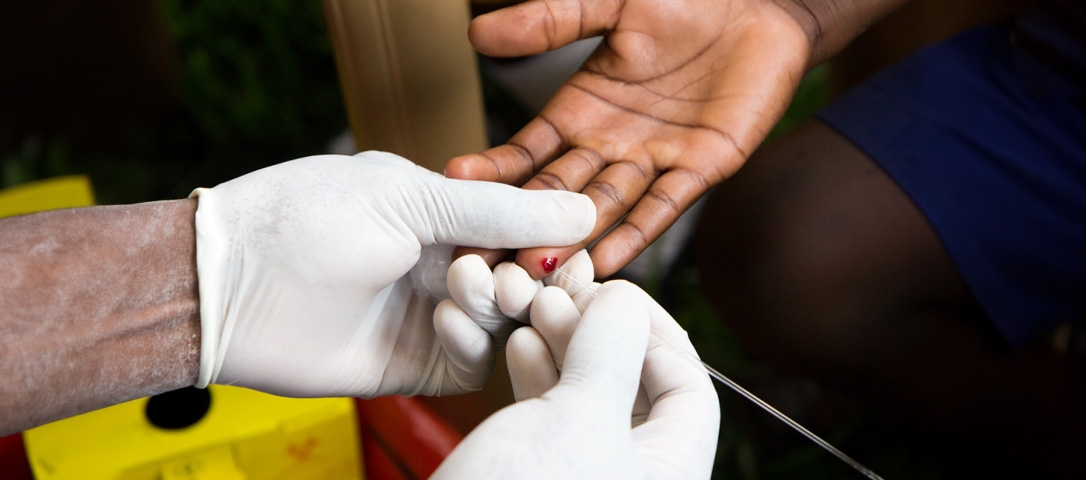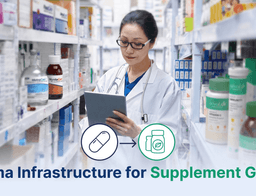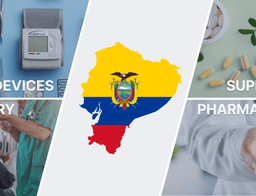HIV Prevalence and Importance of HIV testing in East and Southern Africa

South Africa accounted the one third (270,000) of the region’s new infections in 2016, with another 50% occurring in eight countries: Mozambique, Kenya, Zambia, Tanzania, Uganda, Zimbabwe, Malawi, and Ethiopia.
Just under half a million people (420,000) died of AIDS-related illnesses in East and Southern Africa in 2016, although the number of deaths has fallen significantly from 760,000 in 2010.
Despite the continuing severity of the epidemic in the region, huge strides have been made towards meeting the UNAIDS 90-90-90 targets. In 2016, they reported that 76% people living with HIV in the region are now aware of their status, 79% who know their status are on treatment, and 83% of those on treatment have achieved viral suppression.
Between 2010 and 2016, new HIV infections declined by 56% among children (0-14 years) to an estimated 77,000. Among adults, the decline over the same period was just 24%, although there is significant variation between countries. Declines in new infections were greatest in Mozambique, Uganda and Zimbabwe. While in Ethiopia and Madagascar, the annual number of new infections actually increased over the same period.
Women are extremely affected by HIV in the region, accounting for 56% of adults living with HIV. In 2015, there were approximately 4,500 new HIV infections among young women every week, double the number seen in young men.
Although East and Southern Africa’s HIV epidemic is generalized, meaning it affects the population as a whole, certain groups such as sex workers and men who have sex with men have significantly higher HIV prevalence rates. For example, in Botswana HIV prevalence is 22.2% among the general population, however a study carried out in 3 districts found HIV prevalence among sex workers to be 61.9%.
In 2014, more than 20% of new HIV infections in the region were among key affected populations and their sexual partners despite these groups making up a much smaller percentage of the total population. Despite this, programming for key populations remains insufficient and many face stigma, discrimination and legal barriers that prevent them from accessing HIV services.
Emergence of HIV testing in South Africa
In recent years countries such as Botswana, Kenya, Uganda, Malawi and Rwanda have implemented national campaigns to encourage uptake of HIV testing. In 2016, 76% of people living with HIV had knowledge about their status – an improvement from 72% in 2015.
A number of different strategies have been used to increase delivery and access to (HIV Test) HT services in the region. For example, home based testing (using HIV test kit) in South Africa has increased HIV testing in rural settings, as well as encouraging couples counselling and testing. A number of other countries also have pilots for self-testing services in place including Malawi, Zambia and Zimbabwe.
Kenya has adopted a number of innovative approaches to HIV testing in recent years, including targeted community-based HIV testing and door-to-door testing campaigns. In 2015, the Kenyan government announced plans to introduce self-test kits. As a result, there has been a dramatic rise in the number of people testing for HIV in the country. In 2008, 860,000 people were being tested annually for HIV, by 2013 this had increased to 6.4 million.
HT services have been steadily expanding across Lesotho, particularly at a community level, rising from 2.7% of adults taking an HIV test in 2004 to 35% in 2011.53 In 2014, Lesotho implemented provider initiated testing and counseling, which is when service providers offer HTC rather than waiting for an individual to request it. However, this has been compromised by a lack of health staff and frequent HIV test kit shortages.
In 2015, UNITAID, Population Services International and partners began implementing self-testing in Malawi, Zambia and Zimbabwe through the four-year STAR (Self-Testing Africa Research) Project. Between 2015 and 2017, the STAR Project is distributing nearly 750,000 self-test kits across the three countries. One of the goals of the project is to generate evidence on the feasibility, acceptability and impact of self-testing that will then inform official World Health Organization (WHO) global guidance on the intervention.
Similarly, On 23 December 2016, the South African Pharmacy Council (SAPC) officially revoked a regulation that had previously prohibited South African pharmacies from selling HIV self-testing kits.
Up until then, local pharmacies weren't allowed to sell HIV self-testing kits – also known as HIV home test kits – although it was possible to buy them from online retailers. Not everyone has access to the Internet though, so the SACP’s decision will ensure accessibility to the tests for many more people.
The SACP has also published draft legislation that proposes that tests sold in pharmacies should be approved by the World Health Organization (WHO) or a suitable regulatory body, and that pharmacists should advise customers to get a second HIV test to confirm the first result if they tested positive.
Why WHO recommends HIV Testing?
According to the WHO, self-testing has been shown to nearly double the frequency of HIV testing among men who have sex with men, and recent studies in Kenya found that male partners of pregnant women had twice the uptake of HIV testing when offered self-testing compared with standard testing.
What to keep in mind when using an HIV self-test kit?
Most HIV self-test kits rely on a simple pin prick of blood, are easy to use, and can give you results in 15 minutes. The tests approved by the WHO are considered to be 99% accurate. However, remember that it takes six to 12 weeks for your body to create antibodies to the HIV virus. As a HIV test is looking for the antibodies – and not the actual virus – it is possible to get a negative test result during this window period. For this reason, it's important to get tested regularly, and if you suspect that you might have possibly been exposed to the virus, to take another test after the 12-week period to confirm a negative diagnosis.
Also, it’s very important to know that HIV self-test kits are just screening tests and that the result of the test needs to be confirmed by a doctor or at a clinic by having a second test.
How can AccuQuik help you?
AccuQuik offers HIV test kits that are 100% accurate, however other tests on average are only over 99% accurate.
You can see AccuQuik HIV test kits range here.
Don't want to miss the next AdvaCare article?

Recommended Content

Leveraging Pharma Expertise to Thrive in Supplement Distribution


Ecuador: Importing Medicines with an International Pharmaceutical Manufacturer


How Distributors Can Win With Multi-Format Supplement Portfolios Aligned to Global Trends
